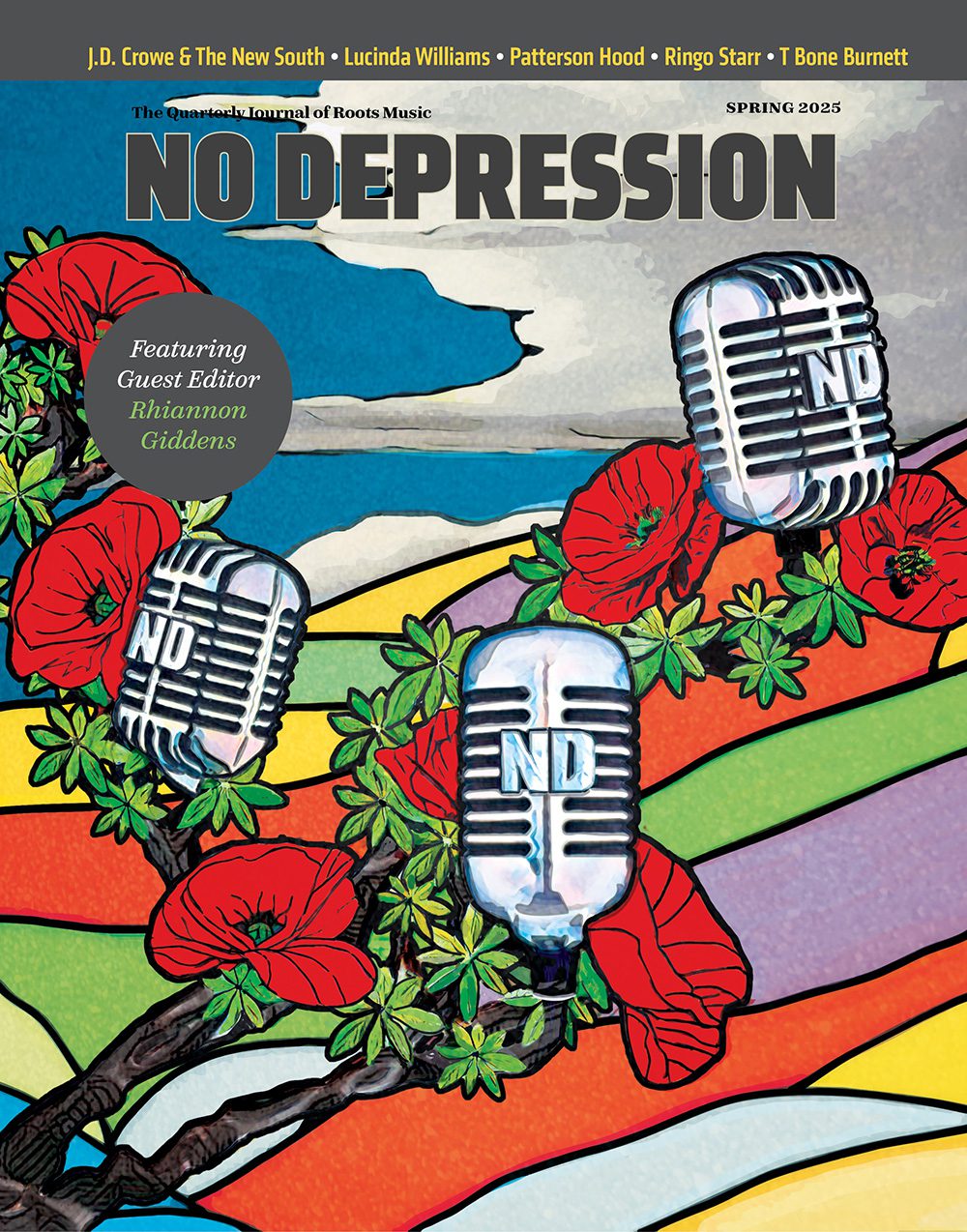The Gloaming – Self-titled

Mention Irish music and the general (American) public may consider a pretty fiddle air played over a lush synth pad. If you’re lucky (or unlucky, you may consider), someone will mention Dropkick Murphys. Recordings of Irish music could be said to fall into two categories:
A. underwrought and overexposed, or
B. overwrought and underexposed.
The Gloaming is creating a category of their own. A supergroup of musician’s musicians (3 Irish, 2 American), they present a compelling argument that traditional music must not only be reflective of the past, but also relevant to the present.
In many ways, it’s fitting that the three musicians playing the traditional instruments — two fiddles and voice — are from Ireland, while the two transplanted instruments — guitar and piano — are from the US. An important force on this album is Thomas Bartlett’s piano (and particularly percussive prepared piano). Known as artist/producer Doveman, Bartlett has very contemporary approach to piano, reharmonizing the traditionally unaccompanied material with a sort of ethereal and atmospheric touch, and bringing the innovation of the group to face value. Cahill continues to aid in this role, with skills already shown in other offerings such as his album with Martin Hayes, The Lonesome Touch.
However, the newness the group brings to the material is far from being strictly in the accompaniment. Fiddler Hayes has established himself as a premier interpreter of the repertoire by parting ways with the old standards of performance. Hayes has an uncanny ability to pull the music along at a much slower pace than it’s usually performed, without losing the excitement of the rhythm. His bow barely whispers across the strings, producing incredibly dynamic results. The phrases are shaped and sensitive, wrapping you in their languidness with an ease that’s both comforting and alarming. Caoimhín Ó Raghallaigh plays a unique fiddle, dubbed a Hardanger d’Amore, and plays it more like a wind instrument in many ways. Whether he’s conjuring up the sound of a wooden flute (in “The Old Bush”) or tastefully pulsing behind Iarla Ó Lionaird’s voice (in “Samhradh Samhradh”), his playing is understated and essential. The sean-nos singer, Iarla O Lionaird, sings texts in Gaelic; some are traditional, some literary. There is a fragility to his voice, and he is no less a master of his craft than the other musicians. He also embodies the quiet and still quality embraced by the whole of the album. He whispers and moans with great facility through the songs, somewhere between an art singer and traditional masters.
The melodic material is mostly traditional, or at least reminiscent of folk traditions. These melodies provide the most poignant link to Ireland’s past, while the performances effortlessly interweave the tradition with all of our lives in the present. What’s done with this music could be considered blasphemous to purists, but not too many people are complaining. The Gloaming’s debut has been watched by much of Ireland, including the Irish Prime Minister. In fact, the album was partially funded by Ireland’s foundation for arts, proof that organizations still seek to promote the preservation and development of culture.
The Gloaming plays music both old and new, quietly reverent and unabashedly innovative, painstakingly wrought and performed with restraint. It’s best quality is its stillness. Not the stillness of a dying body, or a towering chrome structure, but of a car, keeping pace with you along a highway called the present.


